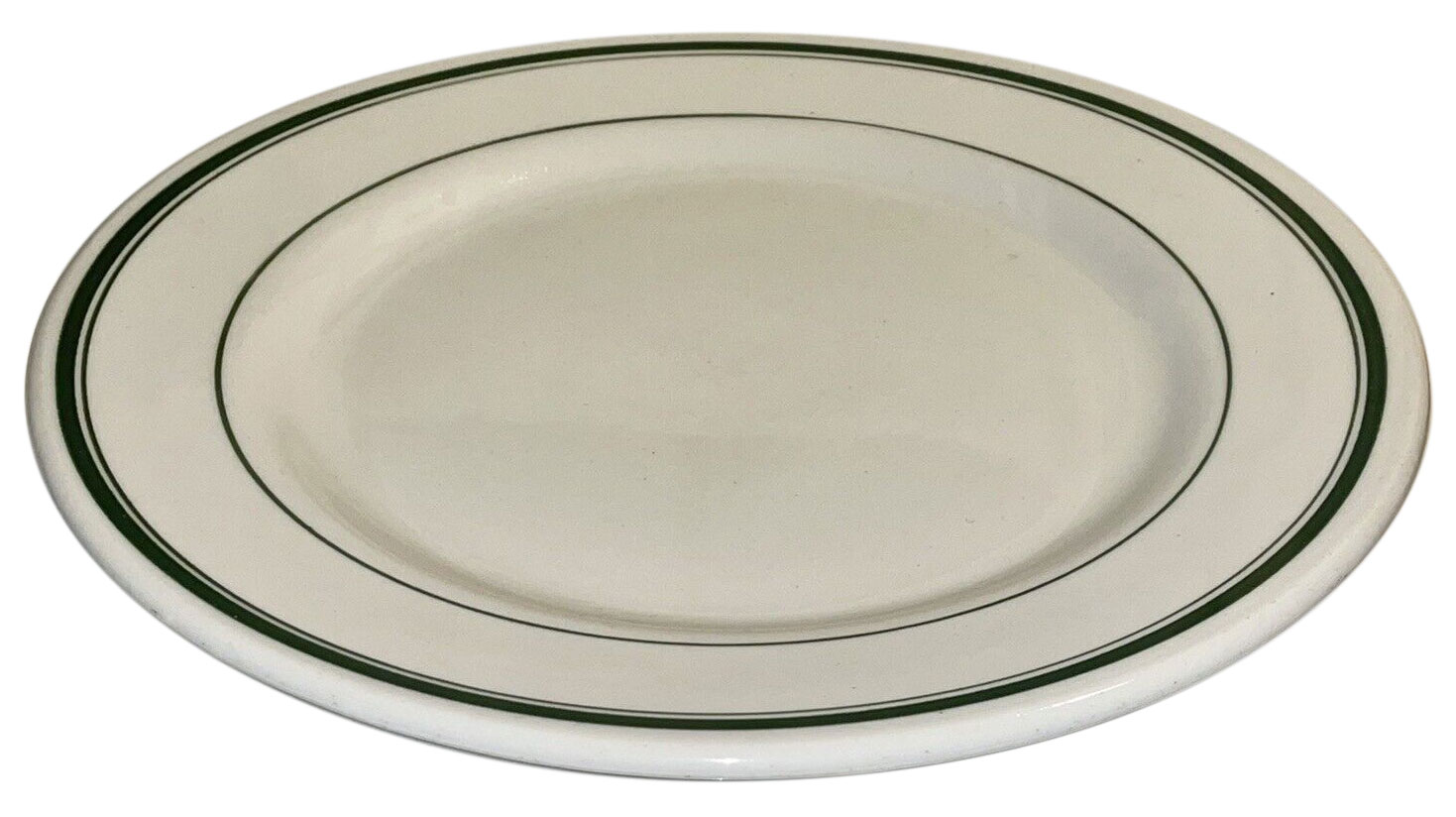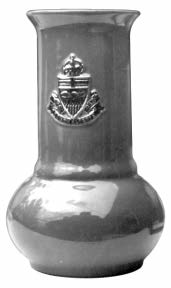Ed Phillipson
Description: Ed was the superintendent of Medalta Potteries for 15 years. He was instrumental in both its survival and success. And when he was not heeded - its failure!
Ed Phillipson was superintendent of the Medalta plant from 1937 until 1953, just a few months before the plant fired its last kiln load. Ed was born February 27, 1911 in Lithuania. He came to Canada around 1925, alone, as his parents had both been lost in the Great War. He settled in the Saskatoon area where he went to high school and then on to University. At some point in time, Ed decided to pursue training in engineering and successfully completed the required courses to graduate with a degree in Ceramic Engineering and Chemistry from the University of Saskatchewan at Saskatoon.
After a brief stint with the Geological Survey of Canada, Ed Phillipson joined Medalta in late 1937. His arrival came at a critical time in Medalta’s history as most of its employees, including senior personnel such as Karl Baumler and Walter Armstrong, were leaving Medalta to join the staff of the soon to be opened Medicine Hat Potteries. In one of my interviews with Ed Phillipson over the years, he told me that Medalta’ s staff was down to about fifteen employees when he took over. Not only that, but the plant was in dreadful need of upgrading and modernization if it was to remain open and profitable.
While most men would have walked away from the mess that revealed itself on the tour of the plant, not Ed. Perhaps he was just too inexperienced to know better as he had only recently obtained his degree and not yet taken a permanent job, and perhaps his age had something to do with it as well as he was just 26 years old. Along with the job offer came the promise of about a quarter of a million dollars to refurbish the plant, and that coupled with the challenge of getting the plant back in operation was enough to sway him.
There is no doubt that it was Ed Phillipson that saved Medalta from obscurity. His accomplishments were many and quite remarkable, particularly when one knows how much work was accomplished within the first year of his tutelage. Kilns were rebuilt and modernized, a new bright white lining was developed for mixing bowls, casseroles and pie plates. In addition, a whole new line of hotel china was developed once Ed had determined that the white burning clays found at Willow, Saskatchewan, were suitable for producing vitrified hotelwares.
Ed’s training as a ceramic engineer was just what Medalta needed in late 1937 as it was the development of the hotel china line that saved the plant from closure. Over the next couple of years, Ed tested and re-tested his glaze mixtures and his blends of white clay to find the right match for the glaze and body. He was always running test samples through the kiln, some in the hottest areas and others in the coolest parts of the kiln, to find the right temperature for a particular clay body and/or glaze. While I do not know much about the specific details, I know that Ed spent a lot of time perfecting the green banding found on hotelwares, and he perfected a yellow glaze that remained bright after being fired at vitrification temperatures (a feat that the British ceramic industry had not been able to do). This led to capturing the hotelware orders of the Canadian National Railway. He also developed a machine for making handled cups in one operation that not only saved time and loss due to handles being poorly applied but resulted in a stronger and sturdier product. This invention, the Sanitas Handle Cup Machine, was one of the few assets that had a substantial value when Medalta finally closed its doors. The rights to this process and machinery was sold to an American firm for $110,000.
For those who would like more information about Ed’s accomplishments, I would refer you to the book “Pottery in Alberta: The Long Tradition” by Marylu Antonelli and Jack Forbes, University of Alberta Press, 1978, pages 87 onward. Also, I have reproduced the obituary from the Medicine Hat newspaper which gives some additional personal information. None of these sources, however, really do justice to Ed’s memory, at least to those of us who drew upon Ed’s knowledge from time to time. Marylu Antonelli, Jack Forbes, Anne Hayward, Bruce Douglas and myself all drew upon his knowledge when writing about aspects of Medalta. His knowledge of the products was particularly useful to me as when I did not know the date for when a particular item was made, I could call upon Ed for help. He certainly knew the products designed in his time, and many that were made many years before he joined Medalta, and when asked for information, he was not afraid to say I do not know or I do not remember making anything like that.
Ed was also a major supporter of the Friends of Medalta Society over the years. He regularly took part in the open houses and other special events that were held from year to year. In addition to this support, he was a major contributor to the exhibits, either loaning or donating many one of a kind pieces such as the Hulme Series dishes, the buffalo head bookends, a comport dish, a beer stein commemorating the 1939 Royal Visit and a vase bearing the crest of his unit The South Alberta Regiment. Thanks to Ed the Friends of Medalta Society have a copy of both the 1924 Medalta catalogue and the 1947 Hotel China catalogue, not to mention a good variety of books on ceramics.
I think one of the best testaments to Ed’s ongoing interest in seeing the Medalta story preserved for future generations to enjoy was the family’ s request that memorial gifts be made to the Friends of Medalta Society.
Copyright rongetty.com, All Rights Reserved
Login - 216.73.216.38


